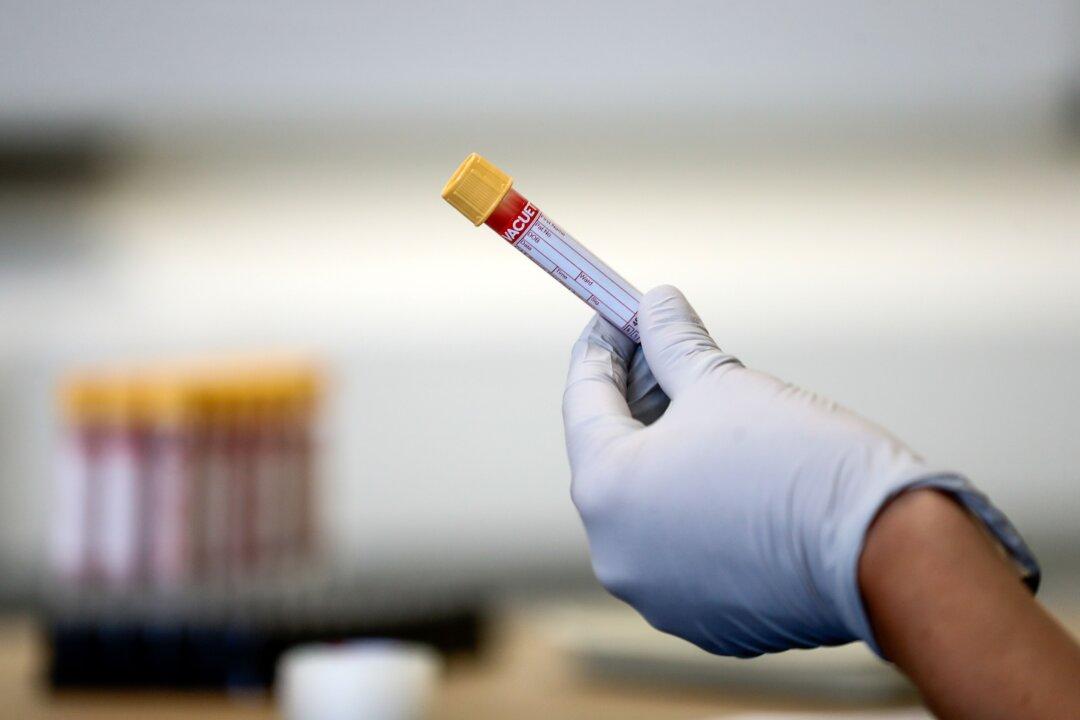Two studies, conducted in Denmark and Canada, suggest that blood type has an impact on susceptibility to COVID-19 infection.
The data in the Danish study, published in the American Society of Hematology journal Blood Advances, found that although the O blood type takes up 41.7 percent of the population of Denmark, it only makes up about 38 percent of the reference group that tested positive for COVID-19.





